The U.S. Dakota War of 1862 brought about big changes in Minnesota history. Joseph Godfrey had been an enslaved man but escaped from his owners and joined the Dakota fight against white settlers that summer and fall. He was actually one of only two men to do so.
Godfrey was born into slavery around 1830 in Mendota. He was the son of a French Canadian voyageur named Joseph Godefroi and Courtney (sometimes known as Polly), an enslaved woman brought to Fort Snelling by an American army officer and later sold to Alexis Bailly. Godfrey spent his first few years in the Bailly household with his mother. Not much is known about his childhood except that he received little to no education
As a young man he was often hired out to serve as an aide for Henry H. Sibley, a prominent trader who also later became the first governor of Minnesota, who also played a key role in the U.S-Dakota War.
Godfrey grew tired of the ill treatment from his owners, so he ran away to seek refuge among the Dakota. He later moved with them to the Lower Sioux Agency, where he married the daughter of Wahpaduta (Red Leaf) in 1857. In August 1862, while helping local Dakota load hay onto a wagon, Godfrey was approached by a Dakota man who announced that all the white people had been killed at the Agency. On the spot, Godfrey was asked what side he would take. Afraid for his life and family, Godfrey felt compelled to join the war.
Godfrey was later accused by Sibley of joining the Dakota between August 18 and September 26, 1862, and actively participating in attacks. Dakota warriors awarded him the name “Atokte,” meaning “slayer of many” in Dakota. Godfrey denied he had killed anyone. However, there were conflicting reports about his role in the conflict and how active he really was. He later surrendered with a group of about thousand Dakota on September 26.
He was the first person the military commission tried on September 28, 1862. In an effort to escape execution, Godfrey testified against eleven of the thirty-eight Dakota warriors who were eventually hung on December 26, 1862. Although he was not convicted of murder, he was convicted of participating in the fighting and sentenced to death by hanging.
In exchange for Godfrey’s testimony, the commission recommended that President Lincoln commute his sentence to ten years imprisonment. In its recommendation to Lincoln, the court commission stated that “a large number of men of the very worst character would have gone unpunished” without Godfrey’s testimony. Lincoln agreed to the commutation and later issued a full pardon. Godfrey ended up serving three years and was pardoned and freed in 1866.
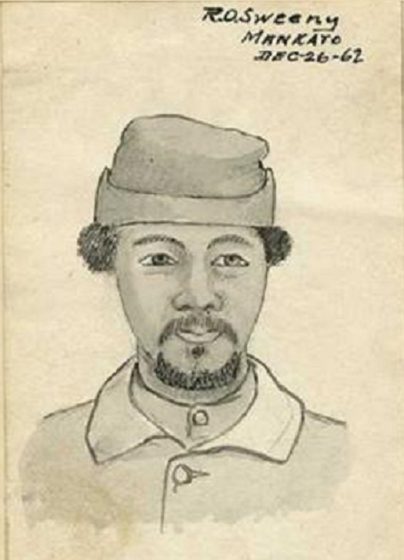
source:

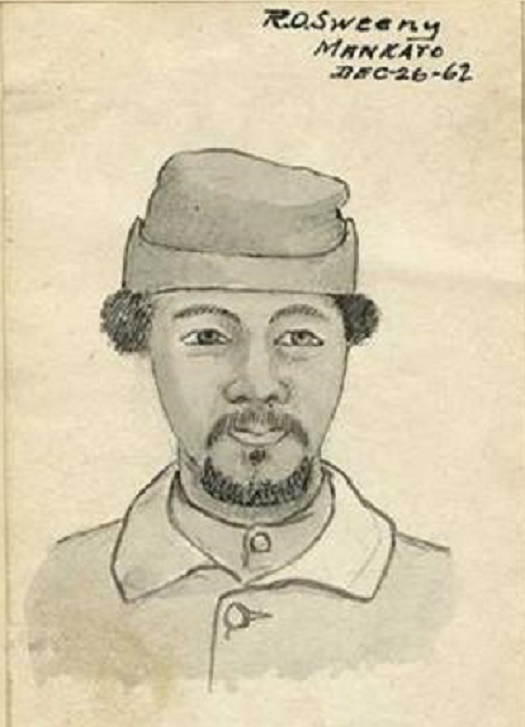



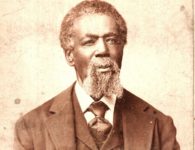
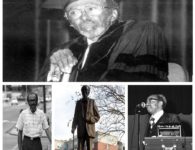
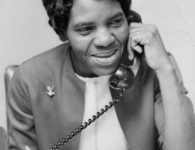
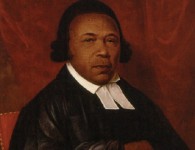
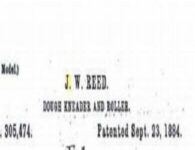
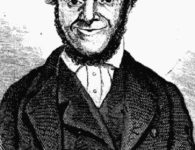
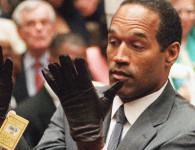


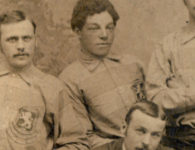

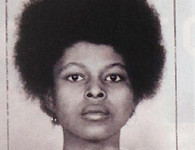

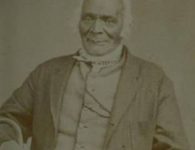

No comments